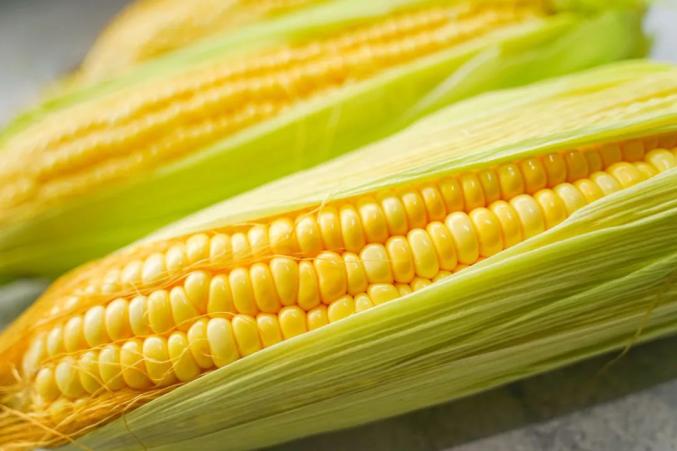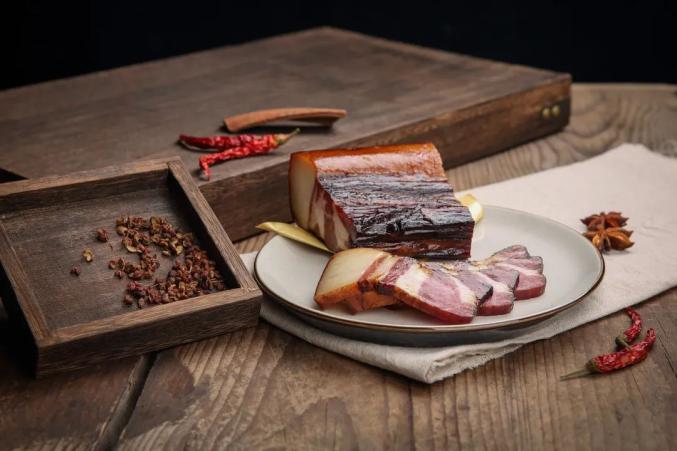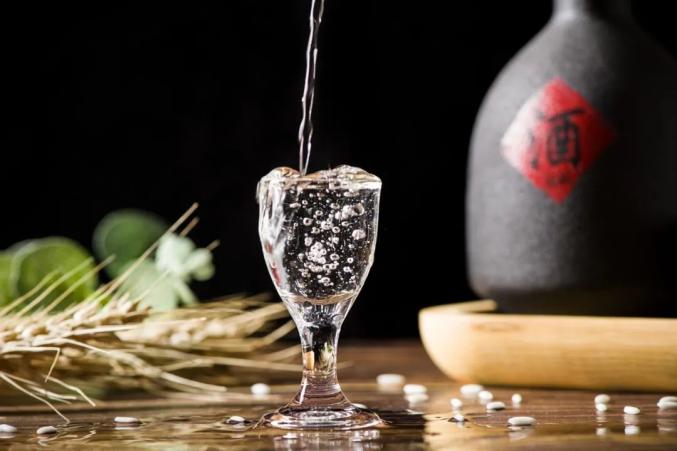Five super carcinogens hidden around you, see if you eat them often!
Nehe city Rong media center


Have you ever paid attention to carcinogens around you? Recently, the topic of "super carcinogen Aspergillus flavus around us" has attracted attention in Weibo.

Aflatoxin is a strong carcinogen produced by Aspergillus flavus! As early as 1993, aflatoxin was classified as a class 1 carcinogen by the World Health Organization, with its toxicity 68 times that of arsenic, 10 times that of potassium cyanide, and 70 times that of dimethylnitrosamine, which is extremely destructive to liver tissue. Regular intake may increase the risk of liver cancer. [1]
In addition to aflatoxin, there are actually some "carcinogens" around us, which are likely to enter the diet and life every day.
1. Aflatoxin: moldy grain and nuts.
Among moldy foods, one kind of mildew comes from Aspergillus flavus, especially in grain. In 2007, an assessment of dietary exposure of Chinese aflatoxin published in China Journal of Food Hygiene pointed out that corn and rice were the main contribution foods to dietary exposure of Chinese aflatoxin. [2]

Reproduction and use of copyright pictures in the gallery may lead to copyright disputes.
In addition, peanuts and peanut oil may also contain aflatoxin.
Common sources of aflatoxin
Moldy corn, rice
Moldy, especially in foods with high starch content, such as corn and rice.
Deteriorated nut
When you eat bitter nuts, you must spit them out immediately and rinse your mouth.
Broken and unclean bamboo and wood chopsticks
Chopsticks themselves will not grow Aspergillus flavus, and starch is easily hidden in unwashed chopsticks, which poses a risk of mildew.
Inferior sesame paste
Using inferior and deteriorated sesame seeds and peanuts as raw materials, aflatoxin may exist in peanuts.
Earth-pressed peanut oil
Some "earth-squeezed oil" or self-squeezed oil has no quality control, and the equipment is not easy to be thoroughly cleaned, and the residual oil stains and grain residues are easy to mildew. [3]
2. benzopyrene: food that has been roasted and fried at high temperature.
Pan Zhanhe, deputy chief physician of the Oncology Department of Zhongshan Hospital affiliated to Xiamen University, said in the Health Times article in 2017 that heterocyclic amines and polycyclic aromatic hydrocarbons may be produced in the production process by barbecue or smoking, among which the most well-known one is benzopyrene, which may be contained in many baked and smoked foods. [4]
A study published in Jinan University in 2018 found that the intake of polycyclic aromatic hydrocarbons in the barbecue process was: eating barbecue food > skin contact > lung inhalation.
This means that during barbecue, the skin absorbs more carcinogens than the lungs inhale. [5]
Common sources of benzopyrene
roast
It may be produced during barbecue or smoking.
High temperature fried food
Cooking oil will produce a lot of benzopyrene at high temperature, and the higher the oil temperature, the more it will be produced.
Cooking oil fume
The cooking fume will also carry benzopyrene, so don’t wait for the oil in the pot to smoke before putting the food. [6]
3. nitrosamines: smoked and pickled food.
Zhang Qin, vice president of Jiangsu Cancer Hospital, said in the program "Meeting a Famous Doctor" on Jiangsu City Channel in 2019 that smoked bacon food contains a lot of nitrosamines, and the incidence of some digestive system tumors, such as esophageal cancer, is related to the intake of nitrosamines in the diet. When smoked food and wine are ingested together, the harm of nitrosamines to human health will multiply. [7]

Reproduction and use of copyright pictures in the gallery may lead to copyright disputes.
Pickled products often contain more nitrite. Although nitrite itself does not cause cancer, it will combine with protein to form nitrosamines when it enters the body. In addition, some nitrosamine compounds, such as nitrosodimethylamine, will be produced in the process of dehydration of Chinese salted fish, which are carcinogenic. [8]
Common sources of nitrosamines or nitrites
Processed meat products
Nitrite is added to some processed meat products such as sausages, ham and bacon.
Overnight dish
Overnight vegetables, especially overnight green leafy vegetables, will produce nitrite, and the nutrition will be discounted.
Smoked and cured food
Pickles, salted fish, bacon, high-salt pickled and smoked foods contain nitrite. For example, the most nitrite in pickles is between two or three days and ten days after the start of pickling. [9]
4. Tobacco tar: inhaled by tobacco burning.
Smoking and second-hand tobacco smoke are classified as Class 1 carcinogens. During the burning process of cigarettes, nearly 4000 new chemicals are formed. Most of these substances are harmful to people, among which nicotine, nitric oxide and tobacco tar are the most harmful, and the latter is the chief culprit of cancer. [10]
Moreover, smoking is not only a kind of cancer that causes lung cancer, but also closely related to the occurrence of nasopharyngeal carcinoma, oral cancer, esophageal cancer and other related cancers.
5. Acetaldehyde: an intermediate product produced after drinking.
The main component of wine is ethanol, which is oxidized into acetaldehyde after entering liver cells. The latter is hepatotoxic and carcinogenic, and excessive accumulation in the body will cause serious harm to the liver. [11]

Reproduction and use of copyright pictures in the gallery may lead to copyright disputes.
Acetaldehyde related to the intake of alcoholic beverages is classified as a class 1 carcinogen. According to the statistics in the 2014 World Cancer Report, 3.5% of cancers are caused by alcohol, and one in every 30 cancer deaths is caused by alcohol. [12]
Although there are various carcinogens around us, carcinogens can cause some cancers, which refers to a possibility after long-term and excessive intake. If you only eat a little occasionally or touch it occasionally, don’t worry, it’s still safe.
Original title: "Five super carcinogens hidden around you, see if you eat them often! 》
Read the original text